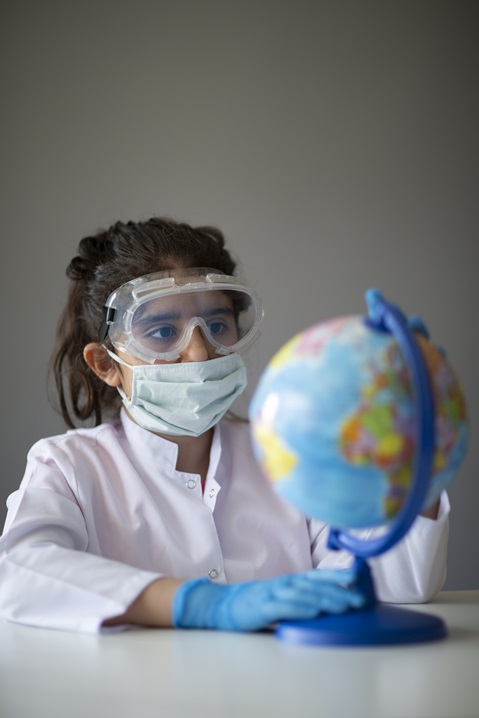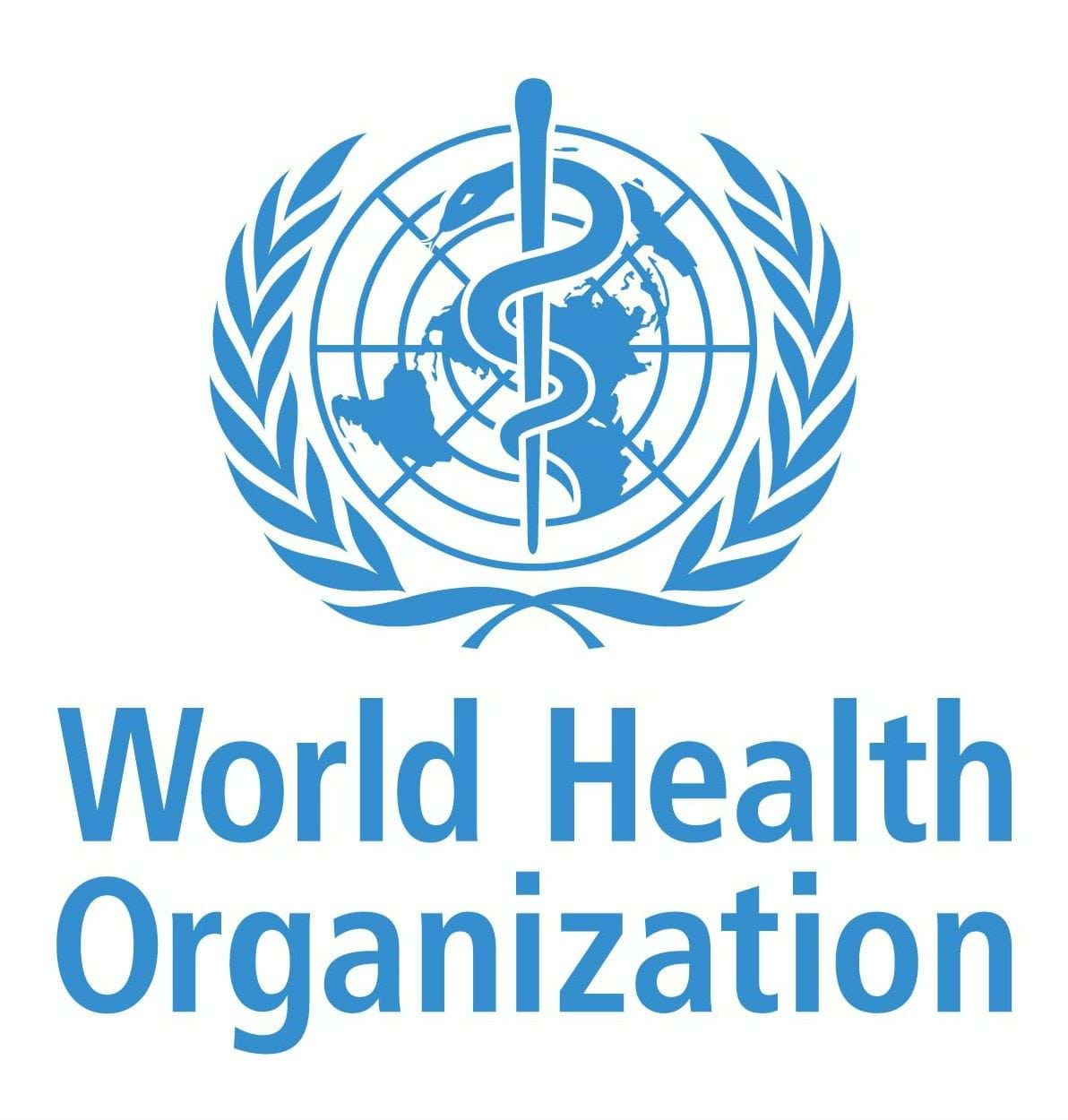Adolescent wellbeing and climate crisis: adolescents are responding, what about health professionals?

Overview
By Alice McGushin, Giulia Gasparri, Viola Graef, Christophe Ngendahayo, Shashank Timilsina, Flavia Bustreo, Anthony Costello
The world is already 1.1°C warmer than during pre-industrial levels, and we can expect further rises of between 1.5°C and 3.5°C by the end of this century, depending on the scale and speed of climate change mitigation. The impact of global warming is far greater for a child born today than for older generations: in comparison with someone born in 1960, a person born in 2020 will experience considerably more exposure to drought, crop failures, river floods, and four times as many heat waves throughout their lifetime. Adding to this, it is projected that low income countries will have the greatest increase in the number of young people aged 10-24 in the coming decades. The younger generations in these countries will experience the greatest rise in climate related exposures, with vulnerabilities compounded by continuing protracted inequity driven by colonialism, poverty, challenges of governance and conflict, and marginalisation due to gender, ethnicity, and low income.

.png?sfvrsn=6d0e27cd_1)



